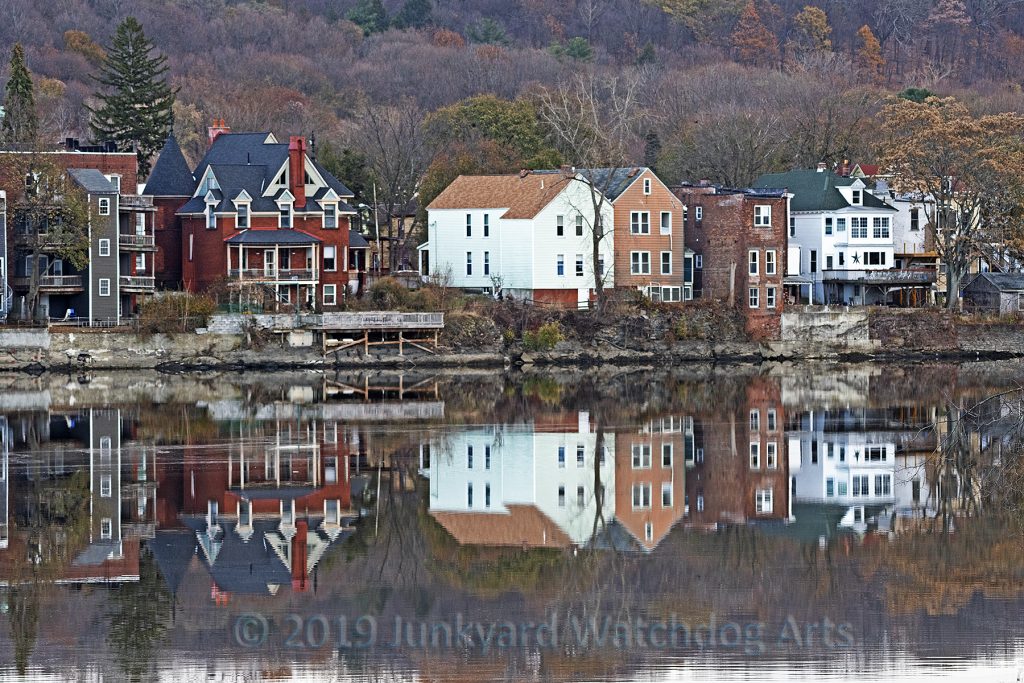
As a photographer I share a few images in several photography centric Facebook groups. I choose the groups to share with based on the image and the apparent focus (no pun intended) of each group. Sometimes I post an image to more than one group. I look at the reactions as a way to gauge the quality of the image. There are six possible reactions that can be selected for an image posted on Facebook. They are like, love, ha-ha, wow, sad, and angry.
An image was posted to three different groups. Seventy-two hours later I had 970 reactions on one page, 25 on another, and 7 on a third. Of course, I was excited by the 970, all positive, reactions and was rooting for it to go over 1000. Then I decided to look at the numbers a bit closer. The group with 970 reactions had 72160 members – so, that was a reaction rate of about 1.3 %. The one with 25 reactions has 958 members, for a reaction rate of around 2.6 %. And the group with the paltry 7 reactions has 197 members, giving a reaction rate of a shade over 3.5 %.
So, the question that this begs is, “Which group reaction is the most valuable?” To begin to answer that it would help to know more about the demographics of each group. The small group has the highest percentage reaction rate but is the least diverse group and arguably not the highest level of photographic expertise. Not much value in reactions there. The big group comes mostly from a dense, more urban area geographically, and has a decent share of skilled photographers but also has a huge number of people there just to see the images posted. The middle group is from the widest geographical area and has probably the highest percentage of advanced photographers so feedback from them is probably more meaningful in terms of image evaluation. But then if I’m posting to try to generate a wider audience and more potential customers – clearly the largest group is where I want to be.
If there’s a moral to this – post to multiple groups. Try to understand what each group’s level of photographic sophistication might be. Look at each group’s geographic diversity. If you’re looking for quality critical feedback, look for groups run by and for photographers with posts from skilled, serious photographers.
Leave a Reply